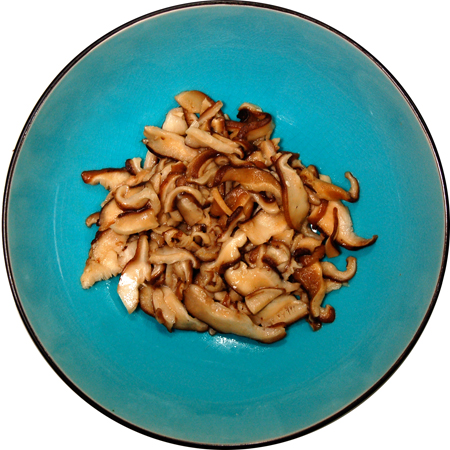
One fine Wednesday, a little more than a year ago, I was ‘leafing’ through the Dining and Wine section of the online New York Times, when I came across a recipe for a vegetarian dish called Bibimbap. As I am always in search of good (and beautiful) vegetarian main courses, I copied and pasted the recipe into a Word document and saved it to my digital file of over 1600 recipes, many of which I have never made – and may never make! But it feels good to know they are there – like having 1600 friends on Facebook (I don’t) without the pressure to write on their “wall” or accept their excess fuel from Farmville.
My computer recipe file is divided much like any cookbook, into sub-files for appetizers, soups, side dishes, main courses, desserts, etc. And then most categories are divided within; for example, main courses breaks into four groups: meats, poultry, fish/seafood or vegetarian.
 The other day, I was planning menus for weekend visitors: our niece, her husband and their 7-month old son. I wanted to make sure I had some interesting options to serve them while they are here, and make some dishes that were new to me. Ah, the fun of experimenting on unsuspecting guests!
The other day, I was planning menus for weekend visitors: our niece, her husband and their 7-month old son. I wanted to make sure I had some interesting options to serve them while they are here, and make some dishes that were new to me. Ah, the fun of experimenting on unsuspecting guests!
So, in the vegetarian section of my file was Bibimbap – a Korean dish with which I was unfamiliar. I was intrigued. My first line of attack was to go online and seek other versions of the recipe to check for authenticity. Like so many traditional dishes, it seems each chef – each mother – has his/her own recipe. I found countless versions! So I looked through about 20 and opted for a hybrid. I did notice that, while my recipe and a few others were vegetarian, most recipes included beef and a sunny-side up egg. I figured that we could do vegetarian another evening and decided to get some beef!
When reading the recipe, I was confused when I was instructed to arrange all the vegetables on the rice in wedges like pizza slices. Like pizza slices? Seriously? And then you just stir it all together to make a big ol’ mess? What was that about? So, I wondered, why not just toss them all in and stir? Really, it would be so much easier…
Then I clicked on Google Images and typed in b-i-b-i-m-b-a-p! WOW! The moment I saw the first photo I knew exactly why I was to arrange the vegetables just so. This dish has to be one of the most beautiful I have ever seen! I think rather than describe it using the pizza-wedge analogy, I would say, “Arrange them like the rose window from Notre Dame Cathedral in Paris!” because, to me, that it was it looked like.
So, off I went to gather the ingredients from my local grocery store. When I walked into the store, I saw a friend and mentioned making this dish. He quickly corrected my poor Korean pronunciation of bibimbap and said, “You do know that I have a Korean aunt, don’t you?” Well, wasn’t that convenient! I asked him if she ever made this for him. Of course. Did his aunt used meat in hers? Absolutely! Ground beef or sliced steak? Steak cut into french-fry-sized batons. Cooked egg or raw egg? Sunny side up. Does she us gosari? If she has it.
Gosari – or kosari – is a Korean fern. While available locally in several of the Asian grocery stores, I had neither the time to shop for it nor the 24 hours to soak it. So I did without. And, with the added beef, my “vegetarian” meal became a carnivore’s delight. But just leave out the meat and add some tofu and you will have a great vegetarian dish!
많이 드세요 (transliterated: manh-i deuseyo!) Or, in French, Bon appétit!
– David
Developed and maintained by Inspiratech LLC.
Design by Themeshift.
my little expat kitchen
October 14, 2010 at 10:03 amI love Korean food. There is a Korean restaurant in the Hague where S and I go all the time. I've never had this colorful salad though. Great recipe David, I will definitely try this!
Magda
Oh, and I love the color of your plates!
Cocoa & Lavender
October 15, 2010 at 1:06 pmThanks, Magda! Korean food is fairly new to me – my next project is mundu! David